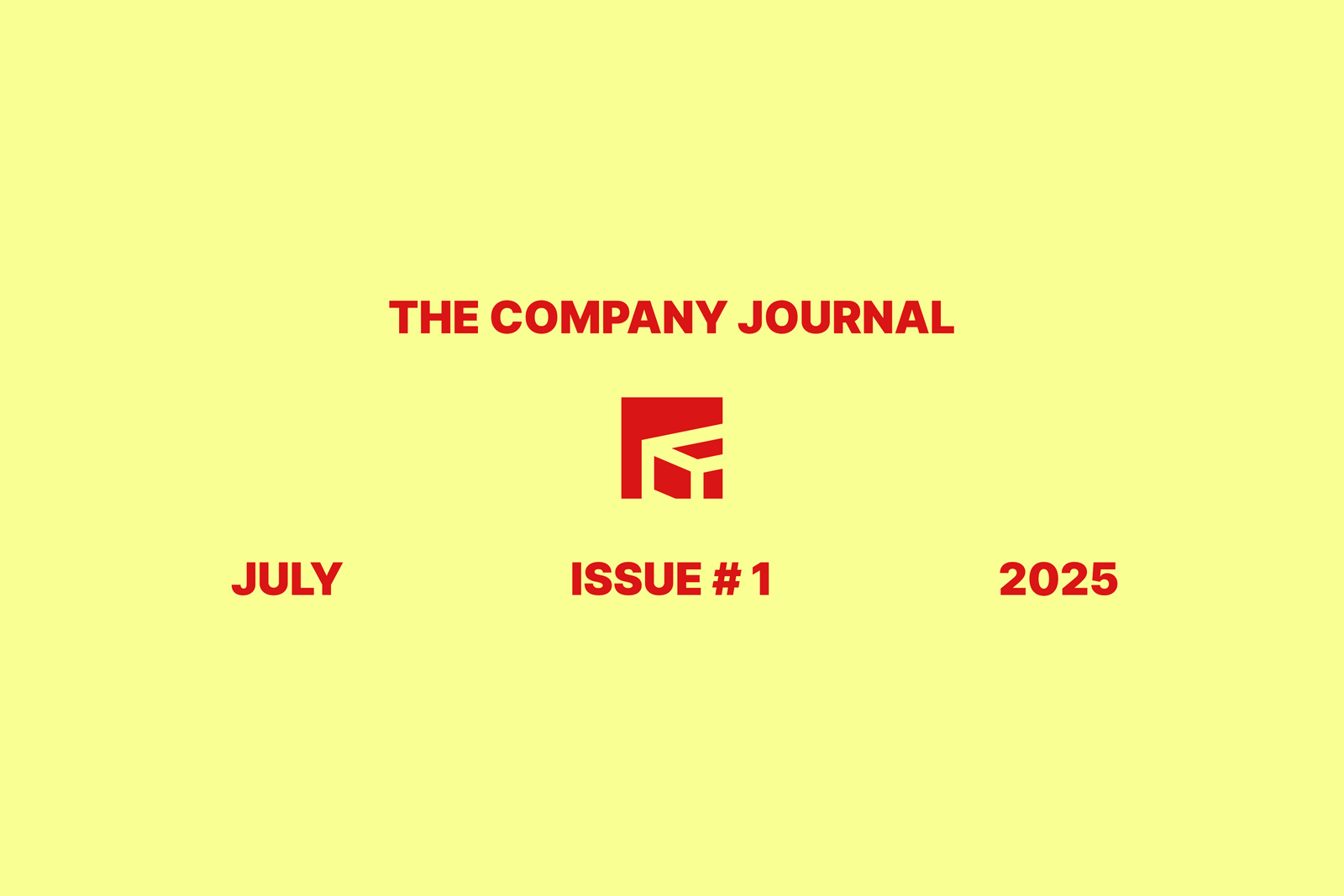Is it time to embrace change? We’re sensing a theme here…
Have you ever wondered, “Should I buy a Shopify theme?”
In this article, we'll help you decide – exploring the five key signs that indicate you've outgrown your Shopify theme. From slow page loading times to limited customization options, we'll dive into the factors that should prompt you to re-evaluate your theme, and provide tips on how to choose the right one for your growing business.
Sign 1: Slow Page Load Times
In today's fast-paced digital world, slow page load times can spell disaster for an ecommerce site. Customers have come to expect seamless commerce experiences and today’s savvy online shopper will not wait around for a slow site to load. Studies have shown that even a one-second delay in page load time can result in a 7% decrease in conversions. Slow page load times directly impact a business's bottom line.
Shopify themes can start to experience performance issues as a result of additional extensions and applications, which may be required to supplement the theme's lack of features. While these bolt-ons may seem like a good solution, reliance on this strategy can quickly lead to a bloated and cumbersome website. Each additional extension or application can slow down page load times and even introduce new bugs and security vulnerabilities.
The best solution to both of these issues is to work with a well-supported premium theme that factors in optimized functionality as standard. A premium theme will often include features that would require additional extensions and applications with a free theme, reducing the need for additional plugins and increasing site speed. Additionally, premium themes are often designed with SEO in mind, which can further improve page load times and search engine rankings.
It's also important to consider the reputation and support of the theme's developer. A reputable developer will not only provide ongoing updates and support but will also prioritize site speed and overall performance, and demonstrate how this is achieved.
By selecting a well-supported premium theme, businesses can ensure optimized functionality and reduce the need for additional extensions and applications, ultimately improving site speed and increasing conversions.
Sign 2: Limited Customization Options
Customization of Shopify themes is crucial for businesses to create a unique and memorable brand identity, and to provide a positive user experience. It enables businesses to differentiate themselves from their competitors, convey their brand message effectively and helps to ensure that their website aligns with their overall marketing strategy.
However, some Shopify themes can be limiting when it comes to customization options. This issue is especially common with free themes which may not have the functionality or design elements needed to achieve the desired branding or user experience.
To increase customization options, businesses should consider using a premium theme that has been designed with customization in mind. Premium themes typically offer a wide range of customization options such as font selection, color schemes, layout options, as well as the ability to add custom code. These themes are created by experienced designers who appreciate the importance of branding and user experience, and have been optimized for speed, SEO and mobile responsiveness.
Furthermore, premium themes are regularly updated, ensuring that businesses can keep up with changing design trends and new technology. Premium themes often come with reliable customer support, which can be invaluable if you run into issues when customizing your store.
Working with a premium theme that offers extensive customization options and has been designed with branding and user experience in mind can help businesses create a website that aligns with their overall marketing strategy and stands out from the competition.
Sign 3: Lack of Features
As a platform, Shopify offers many features that can help improve your online store's performance. However, the theme you choose plays a crucial role in how effectively your store can utilize and leverage those features. A theme with limited features can hinder your store's growth, making it difficult to provide a good user experience for your customers.
Ecommerce success hinges on a seamless customer experience. From search functions and navigation menus to product display options and checkout processes, every feature counts. A theme that underplays (or even lacks) these features can impact your store's revenue.
If you are relying on apps to provide the features your theme lacks, keep an eye on your TCOO (total cost of ownership) – you may be paying more than necessary. Take a closer look at the theme store to see if there are themes that offer the specific features you need. By using a premium theme that is supported by developers who continuously refine and expand its features, you can save on app costs at the same time as creating a more streamlined shopping experience for your customers.
A well-designed premium theme should provide the features needed to optimize your store's performance. This includes a wide range of customization options, mobile responsiveness, and fast page load times. In addition, premium themes typically come with ongoing support and regular updates to ensure compatibility with the latest versions of Shopify and any new features as they ship.
Choosing the right Shopify theme with the necessary features can greatly improve your online store's performance and revenue. Don't settle for a theme that limits your store's potential. Look for a premium theme that provides the necessary features, customization options and ongoing support to help your store grow to its full potential.
Sign 4: Poor Conversion Rates
A poorly designed Shopify theme can be a major impediment to your conversion rates. As your brand develops and grows, your customers' expectations of the shopping experience will also increase. Using a basic or poorly designed theme can give your store a cheap and unprofessional appearance, negatively impacting customer confidence and trust in your brand.
To improve conversion rates, it's essential to work with a well-designed Shopify theme that provides an effective customer journey and a clear pathway to conversion. A good theme should be optimized to improve cart value and offer a seamless checkout process. It should also be visually appealing, easy to navigate, and provide a consistent user experience across all devices.
One tip for improving your effectiveness here is to work with a premium theme offering great support. The professional designers behind the theme in question will be able to provide guidance on the best design practices for your industry and customer demographic, and can help you create a customized theme that aligns with your brand's aesthetic.
Remember to choose a theme that offers built-in conversion optimization features. Product quick views, related products, and upselling and cross-selling options can help increase cart value and encourage customers to make additional purchases.
By working with a premium theme that makes good use of built-in optimization features, you can provide an effective customer journey and a clear pathway to conversion, leading to increased sales and revenue for your business.
Sign 5: Incompatibility with Third-party Apps
Third-party apps are an essential component of many Shopify stores, providing features and functionality that are not available in the core platform. From email marketing and social media integration to product reviews and customer service tools, apps can make a big difference in the success of your store. But it's important to consider the impact your theme can have on the compatibility of these apps.
Different themes are built with different coding standards and structures, and this can create conflicts with third-party apps. For example, the styling or design elements of a theme may clash with the interface or layout of an app, making it difficult to use effectively. This can result in a poor user experience and hinder the growth of your store.
When selecting a theme for your Shopify store, consider its compatibility with the third-party apps you plan to use. Premium themes often have a wider range of compatibility, and may have direct partnerships with the most popular and helpful apps.
Additionally, many premium themes are built with flexibility in mind, allowing you to customize your store and integrate new apps easily as your business needs evolve.
By selecting a well-designed and flexible theme, you can avoid compatibility issues and provide a better experience for your customers, helping your store to grow and succeed.
Is it Time to Upgrade your Shopify Theme?
If you've noticed any of the signs mentioned in this article, it might be time to consider upgrading to a premium Shopify theme like Paper. By doing so, you'll ensure that your store is optimized for speed, customization, and features, and you'll be able to offer your customers a seamless shopping experience.
Take the time to evaluate your current theme and see if it's time for an upgrade. Your store's future success might just depend on it.
Get the 101 on Shopify themes with our free guide to finding your perfect match.


